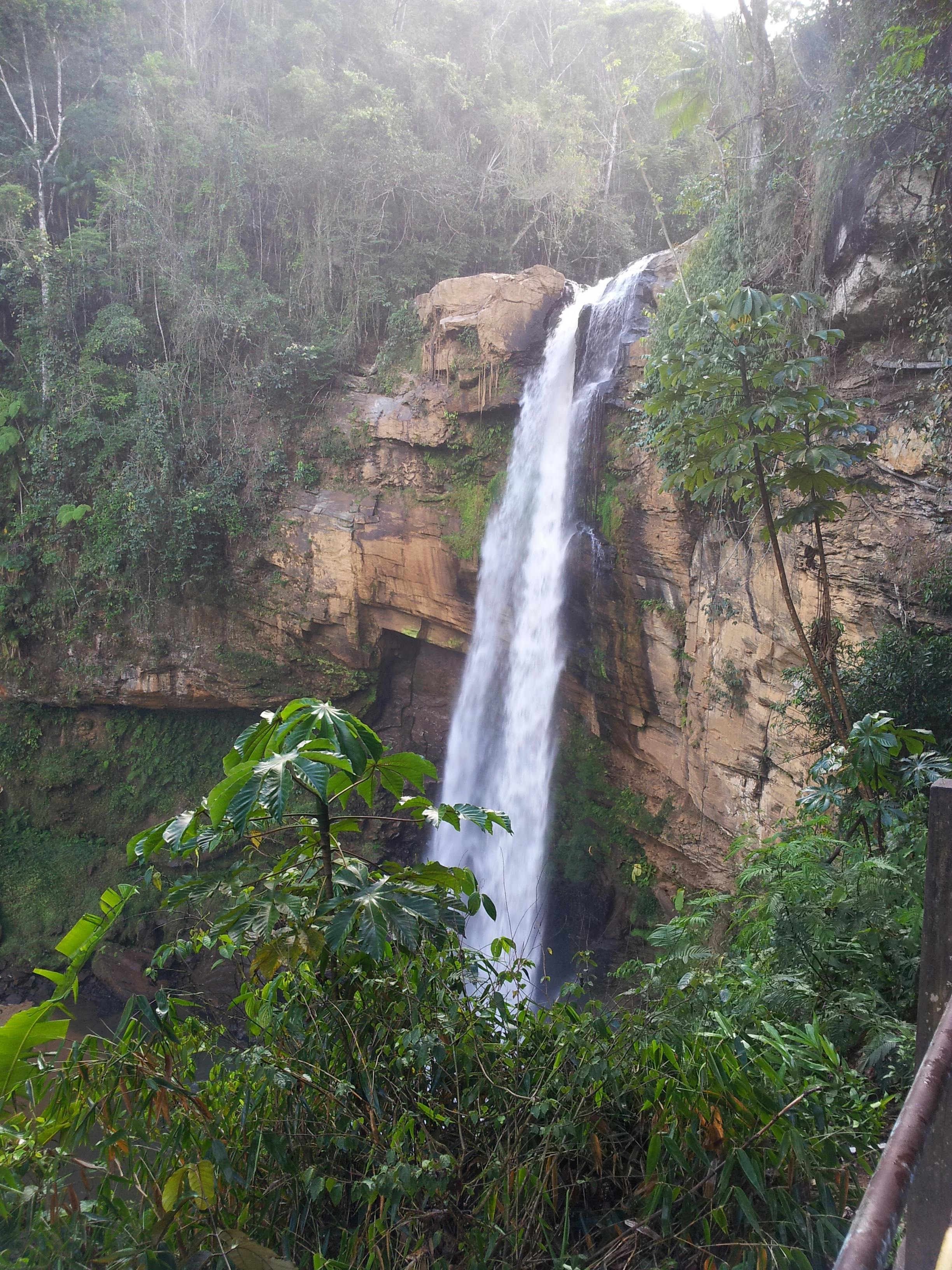 Introduction:
Introduction:
Welcome to the ultimate guide on the animal kingdom. In this extensive article, we will delve into the diverse world of animals, from tiny insects to massive mammals, covering every letter of the alphabet. Prepare to be amazed by the incredible variety of species that inhabit our planet. To enhance your reading experience, we have included captivating pictures showcasing the beauty and uniqueness of each animal.
A – Armadillo:
Starting our alphabetical journey, we encounter the Armadillo. These small mammals, native to the Americas, are known for their armored shell, which consists of bony plates covered by scales. Armadillos have a keen sense of smell and are excellent diggers, often using their strong claws to find insects and small invertebrates.

B – Bengal Tiger:
One of the most majestic and iconic animals, the Bengal Tiger, roams the forests of India and surrounding countries. It is the largest of all tiger species and is easily recognized by its distinctive orange coat with black stripes. These powerful predators possess incredible strength and agility, making them formidable hunters.

C – Cheetah:
Known for its incredible speed, the Cheetah is the fastest land animal, capable of reaching speeds of up to 70 miles per hour. Found mainly in Africa, they have a slender body, a distinctive black tear mark running down their face, and a long tail for balance while sprinting. Cheetahs rely on their exceptional vision to spot prey and execute precise attacks.

D – Dolphin:
Dolphins, known for their intelligence and sociability, are marine mammals found in oceans worldwide. These highly skilled swimmers have a streamlined body, a dorsal fin, and a beak-shaped snout. Dolphins are renowned for their playful nature and their ability to communicate through clicks, whistles, and body movements.

E – Elephant:
The world’s largest land mammal, the Elephant, is characterized by its massive size, long trunk, and prominent ivory tusks. Elephants are highly intelligent and exhibit complex social behaviors, living in tight-knit family groups led by the oldest female, known as the matriarch. These gentle giants are herbivores, consuming vast quantities of vegetation each day.

F – Flamingo:
Flamboyant and graceful, Flamingos are known for their vibrant pink plumage and long, slender legs. They inhabit shallow lakes and lagoons, using their uniquely shaped beaks to filter-feed on small crustaceans and algae. Flamingos are highly social birds, often forming large flocks that create stunning displays of synchronized movement.

G – Gorilla:
Gorillas, our closest relatives in the animal kingdom, are large, powerful primates found in the forests of central Africa. With their muscular build and imposing presence, they are the largest living primates. Gorillas live in close-knit family groups and are known for their gentle nature. These herbivores spend much of their time foraging for vegetation.

H – Hummingbird:
Hummingbirds are tiny birds known for their rapid wingbeats and hovering abilities. They are found exclusively in the Americas and come in a dazzling array of colors. Hummingbirds have long, slender beaks perfect for sipping nectar from flowers. Their high metabolic rate allows them to flap their wings up to 80 times per second.

I – Iguana:
Iguanas, characterized by their long tail and spiky crest of scales along their back, are reptiles native to tropical regions. They are excellent climbers and have sharp claws for gripping tree branches. Iguanas are primarily herbivores, feeding on leaves, fruits, and flowers. Some species can change color, camouflaging themselves in their surroundings.

J – Jellyfish:
Jellyfish, fascinating creatures of the sea, are known for their gelatinous bodies and trailing tentacles. They come in various shapes, sizes, and colors, with some species having a potent sting. Jellyfish use their tentacles to capture prey and defend themselves. Despite their simplicity, they have managed to survive for millions of years.

K – Kangaroo:
Kangaroos, iconic marsupials native to Australia, are known for their powerful hind legs, long tail, and pouch for carrying their young, called joeys. They have adapted to hop over long distances, reaching impressive speeds. Kangaroos are herbivores and possess a unique digestive system that allows them to extract maximum nutrients from fibrous vegetation.

L – Lion:
The king of the jungle, the Lion, is a majestic big cat found in Africa and parts of Asia. Known for their distinctive manes, male lions are the only cats to possess this luxurious hair. They live in prides, with females being the primary hunters. Lions are apex predators, capable of bringing down large prey such as wildebeests and zebras.

M – Monarch Butterfly:
Monarch Butterflies are widely recognized for their striking orange and black wings, adorned with intricate patterns. These migratory insects undertake incredible journeys spanning thousands of miles each year. Monarchs are known for their unique life cycle, as they undergo a long-distance migration and are dependent on milkweed plants for their survival.

N – Narwhal:
The Narwhal is a fascinating Arctic whale known for its long, spiraled tusk extending from its head. Males possess these tusks, which can grow up to nine feet long and are used for various purposes, including communication and mating displays. Narwhals are highly adapted to life in icy waters, with a thick layer of blubber for insulation.

O – Orangutan:
Orangutans, the largest tree-dwelling mammals, are native to the rainforests of Borneo and Sumatra. These highly intelligent primates have long, powerful arms and a reddish-brown coat. Orangutans are solitary animals, spending most of their time searching for food, which primarily consists of fruits, leaves, and bark.

P – Penguin:
Penguins are flightless birds known for their unique adaptations to life in cold environments. These charismatic creatures have a streamlined body, dense feathers, and specialized wings for swimming rather than flying. Penguins are highly social animals, often forming large colonies where they breed and raise their young.

Q – Quokka:
Quokkas, small marsupials native to Australia, are often referred to as the world’s happiest animal due to their perpetually smiling faces. These herbivorous creatures have become famous for their friendly and curious nature. Quokkas are known for their ability to survive in harsh conditions, even consuming plants toxic to other animals.

R – Red Panda:
Red Pandas, also known as Firefoxes, are adorable mammals native to the eastern Himalayas and southwestern China. Despite their name, they are not closely related to giant pandas. Red Pandas have a striking reddish-brown coat, an elongated tail, and a masked face. They primarily feed on bamboo, but their diet also includes fruits and insects.

S – Sloth:
Sloths are slow-moving mammals native to the rainforests of Central and South America. They spend most of their lives hanging upside down from tree branches and move very slowly due to their low metabolic rate. Sloths have long claws that allow them to grip onto branches effortlessly. They are herbivores, mainly feeding on leaves.

T – Toucan:
Toucans are tropical birds recognizable for their large, colorful bills. Found in
